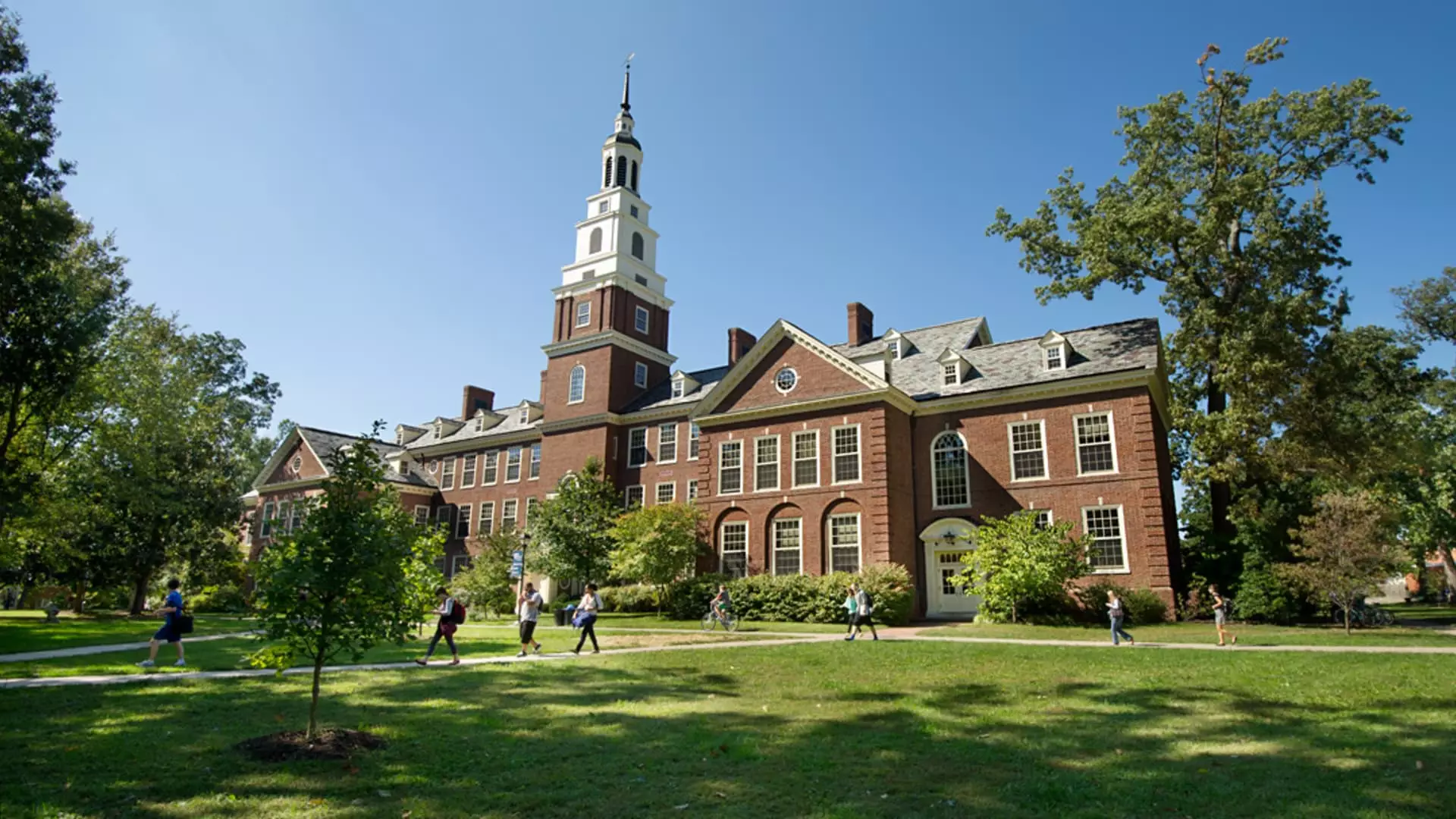In an era where student debt has become a national crisis, the offer of entirely free college stands out as both revolutionary and questionable. It provides a glimmer of hope for countless families drowning in financial uncertainty, but beneath the surface, the reality is far more complex. These institutions—ranging from small rural colleges to elite military academies—are often painted as modern heroes fighting the rising tide of skyrocketing education costs. Yet, closer inspection reveals that their “free” status is a carefully curated narrative that masks rigorous expectations and long-term commitments that might be just as burdensome as hefty tuition bills.
This selective generosity is not an act of pure altruism but rather a strategic tool for institutions to shape their student bodies and future alumni. For many students, the promise of free education comes tied to conditions that could limit their academic freedom and personal choices. These programs often demand years of service, work commitments, or adherence to strict disciplinary standards. While they create pathways for underserved populations and foster institutional loyalty, they also reflect an underlying belief that education must serve broader national or institutional agendas—sometimes at the expense of individual aspiration.
The Hidden Costs and Sacrifices Behind the “Free” Label
Admittedly, the allure of foregoing thousands of dollars in tuition fees is hard to ignore. For families worried about mounting student loans, programs that eliminate tuition fees offer a desperately needed lifeline. Schools like Berea College in Kentucky or the College of the Ozarks in Missouri exemplify this trend—they provide comprehensive support, including laptops, internship funding, and professional attire, bound by the expectation that students will work a set number of hours or meet certain character standards.
Yet, does this model genuinely foster equal opportunity? Or does it reinforce existing social hierarchies by marginalizing students who might lack the discipline, support, or background to meet these demands? These universities are often selective, seeking students willing to accept the sacrifices necessary for their programs. Their admissions criteria frequently favor applicants with a demonstrated work ethic or those willing to abide by strict rules, effectively limiting access for the very populations they aim to serve.
Moreover, the long-term commitments—such as military service or work obligations—may inadvertently restrict personal freedom post-graduation. While these institutions tout their programs as gateways to upward mobility, they often overlook the personal costs associated with such sacrifices. The promise of a debt-free diploma might come with strings attached, shaping not only career trajectories but also personal trajectory, often in ways that could feel constrictive rather than liberating.
The Broader Implications for Society and Education
From a political standpoint, the proliferation of free-tuition institutions highlights a fundamental debate about the purpose and accessibility of higher education. Center-leaning liberals may see these initiatives as necessary interventions to reduce inequality and democratize access. However, they must also scrutinize whether these programs perpetuate a transactional view of education—where degrees are commodities exchanged for service or work commitments—rather than fostering genuine intellectual curiosity and personal development.
The core issue extends beyond mere affordability. It questions whether a one-size-fits-all approach to free college can address systemic disparities without reinforcing existing social stratifications. These programs often benefit those already positioned favorably—students with discipline, resources, or familial support—while those from more marginalized backgrounds may still face barriers in navigating application processes or upholding strict participation requirements.
Furthermore, the focus on military and service academies underscores a broader national priority: viewing higher education as a pipeline for national service rather than a universal right. While inculcating patriotism and duty is vital, it raises uncomfortable questions about whether society undervalues personal agency in favor of collective obligations. Such institutions, by their nature, blur the lines between education and vocational training, prioritizing service commitments over intellectual exploration.
Are These Free Colleges Sustainable or Just a Temporary Fix?
The big question remains: can these models be scaled or sustained without unintended consequences? Relying heavily on government funding, military, or institutional support may be viable in the short term, but it risks turning higher education into a sector focused more on compliance and service than learning for its own sake. As policymakers grapple with budget constraints and political priorities shift, the future of free college programs remains uncertain.
There’s also a risk that these institutions become emblematic rather than transformative—small islands of opportunity that do little to dismantle the broader systemic issues driving college costs upward in the first place. True reform would demand a reevaluation of funding models, decades-long investments in public higher education, and a commitment to making college genuinely accessible for all, regardless of background or willingness to adhere to institutional strictures.
In the end, the notion of free, elite, or service-based education offers superficial relief but fails to confront the deeper structural inequities embedded within our educational and economic systems. It beckons us to ask whether these programs are stepping stones toward a more egalitarian society or merely temporary patches on a heavily fractured fabric of higher learning.

